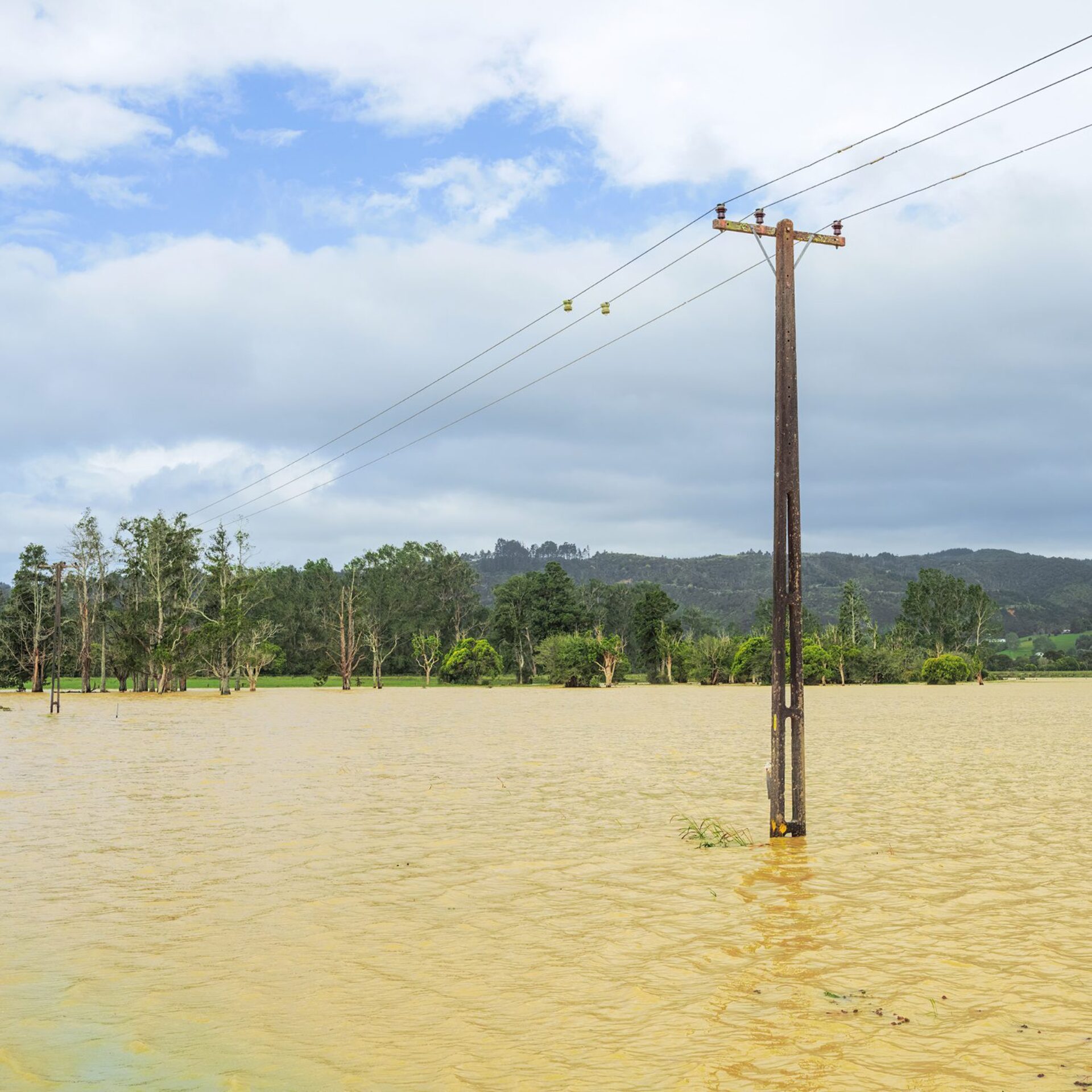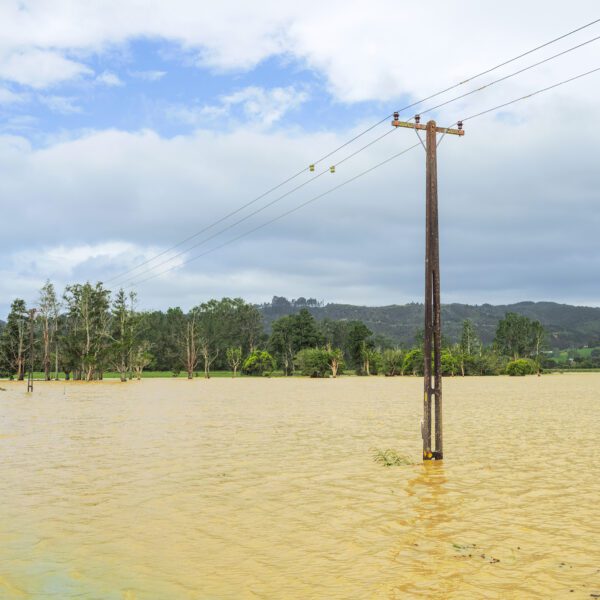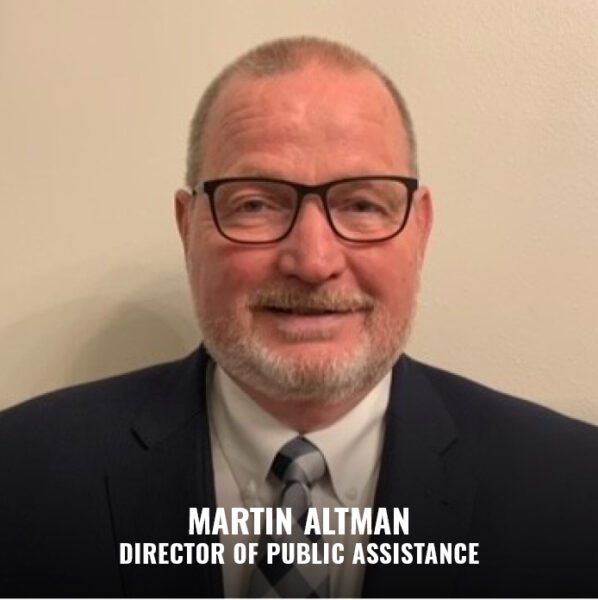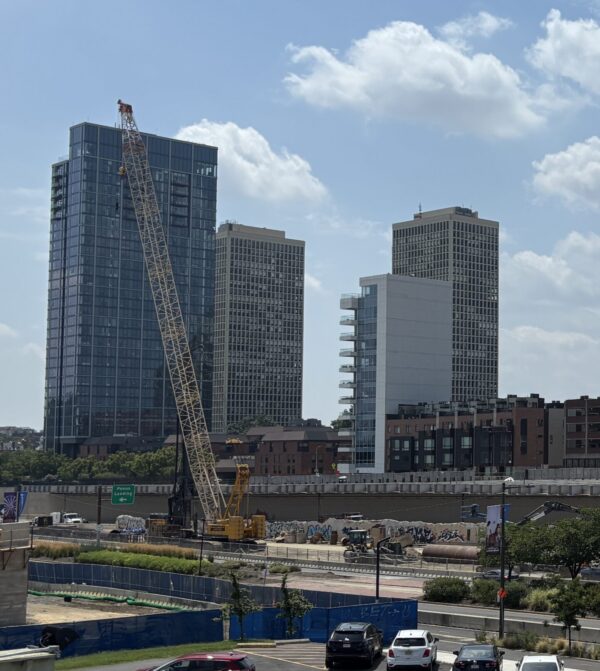
October 12, 2025 | Articles
An Interview With Pakistan Country Manager Syeda Fakhar-un-Nisa

In the first part of this three-part series, we explored how utilities face a worsening scenario as disasters of all types increase in both frequency and intensity, threatening the critical lifelines power utilities provide to their communities, and how a mutual aid network can make your network more resilient for the long-term. In this second installment, we introduce the many public funding vehicles available for utilities to prepare their network to prepare, withstand, and recover when disaster strikes.
As explained in the first installment, there are three types of energy utilities in the United States and its Territories. These are not-for-profit electric utilities, also known as Public Owned Utilities (POUs), run by local governments. Additionally, there are Cooperatives Utilities (CO-OPs) and Investor-Owned Utilities (IOUs) operating in the U.S. The programs detailed in this article are available to all types of utilities.
Addressing Issues and Struggles Through Mitigation
The public, private, and non-profit sectors annually spend billions of dollars to fund mitigation planning and activities that avoid, reduce, or transfer these natural hazard risks. Studies have shown that such mitigation investments can be effective and cost efficient. For example, FEMA Hazard Mitigation Experts found that for every $1 spent on mitigation strategies there is a $6 reduction in future events/disaster costs.
The costs and dangers posed by natural hazards, along with the importance of mitigation, should drive the U.S. towards a more coordinated, integrated approach to mitigation investments. As a result, mitigation investments made by the federal government, state, local, territorial, and tribal entities (SLTTs), as well as by private and non-profit sector entities (such as businesses, philanthropies, foundations, universities, and other non-governmental organizations), would be more effective and efficient.
Leveraging Public Funding and Assistance
In 2018, Congress passed a law to reform disaster recovery activities by the federal government increase focus on resiliency. A few sections of the law directly relate to increasing utility resiliency:

Climate change could burden utilities with substantial costs above and beyond the damage caused by a particular event. In some jurisdictions, utilities can be held responsible for lost economic output caused by power outages. These assessments are, of course, ultimately borne by consumers in the form of higher rates. A decade after Hurricane Katrina, Gulf Coast consumers were still paying storm damage charges.
Given their capabilities and knowledge, regulators are well positioned to work with utilities to help them make cost-effective investments in resiliency. Regulators can incentivize utilities to develop climate-adaptation plans that protect and upgrade their infrastructure. They can design liability structures that encourage utilities to take preventive actions by shifting the liability burden if specific measures are taken. And they can encourage experimentation and forward thinking. Regulators will have to define their priorities based on their specific circumstances, such as the state of their grid and generating system.
An example of resiliency-oriented regulation comes from Florida. Since 2006, the Florida Public Service Commission has required investor-owned power utilities to devise three-year storm-protection plans. The commission has also required utilities to implement aggressive vegetation management and an inspection program with an eight-year life cycle for wooden poles. Some utilities have replaced those poles with concrete structures designed to withstand 140 mile-per-hour winds.
Available Funding Sources for Building Resiliency to Utility Infrastructure
FEMA funding is authorized through the Robert T. Stafford Disaster Relief and the Emergency Assistance Act Public Law 93-288. The Act is amended when the magnitude of incident or threatened incident exceeds the affected State, Indian Tribal, and local government capabilities to respond or recover. 44 C.F.R. § 206.2(a)(16) further defines local governments to include counties, municipalities, cities, towns, townships, local public authorities, school districts, special districts established under State law, intrastate districts, councils of governments (regardless of whether the council of governments is incorporated as a nonprofit corporation under State law), regional or interstate government entities, agencies or instrumentalities of a local government, State-recognized tribes, rural communities, unincorporated towns or villages, or other public entities, for which an application for assistance is made by a State or political subdivision of a State.
FEMA’s determination of eligible utilities to receive FEMA funds are:
No matter what type of utility nor the type of community served, Federal and SLTT funding sources are available to help your utility plan for, mitigate against, and recovery from any type of disaster, whether natural or man-made. For help navigating the funding landscape and to find what vehicles and sources are best suited for your specific needs, we encourage you to seek the support of a qualified and experienced resiliency and recovery management partner—this investment will pay for itself many times over and help your community weather the next storm.

Hill International Director of Public Assistance Martin Altman has more than 35 years of leadership and emergency management experience, including nine years serving with the FEMA.
He has managed and implemented disaster planning and recovery program management for public and private sector clients. Martin served as the FEMA Region VII Project Officer and Closeout Specialist for Kansas City, MO, and was then appointed the FEMA Public Assistance Infrastructure Branch Director for the Florida Long Term Recovery Office, where he managed the FEMA Public Assistance Program.
Share

October 12, 2025 | Articles
An Interview With Pakistan Country Manager Syeda Fakhar-un-Nisa

October 5, 2025 | Articles
More Than a Park: The Latest Updates on PennDOT’s I-95 CAP Project in Philadelphia

September 28, 2025 | Articles
New Business Development Director Julie Petrich’s Relationship-First Approach

August 27, 2025 | Articles

August 12, 2025 | Articles
Hill Welcomes Ben Schwenk as Senior Vice President in the Kingdom of Saudi Arabia

July 27, 2025 | Articles
The Infrastructure Puzzle: Robert Regalado’s Wholistic Business Development Approach

July 13, 2025 | Articles
Tech-Forward Contracting: A Much-Needed Construction Solution

June 23, 2025 | Articles
Jeffrey Hurley Joins Hill’s Northern California Rail Practice